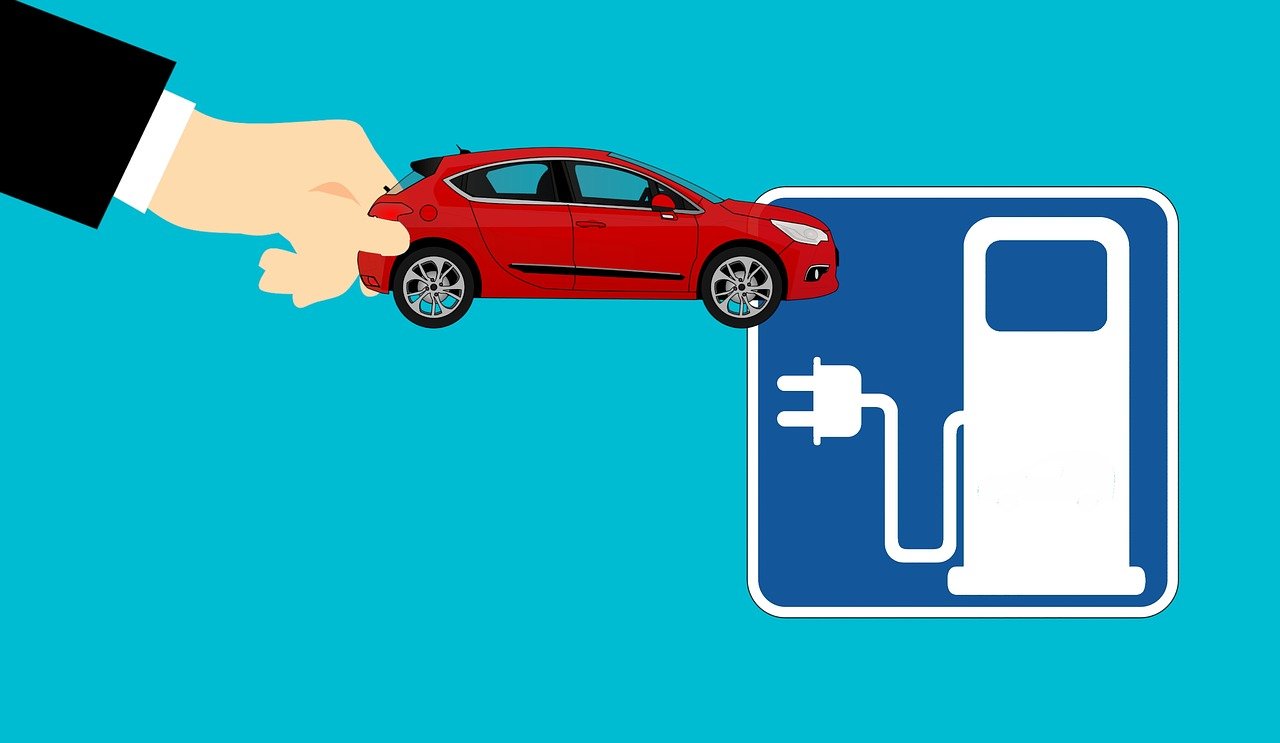Electric cars, or EVs (Electric Vehicles), have been around for over a century, but it wasn’t until recently that they began to gain widespread attention and popularity. In this article, we’ll take a look at the history of electric cars, their current state, and their potential for the future.
The Early Days of Electric Cars
The first electric cars were invented in the 19th century. Robert Anderson of Scotland created the first electric carriage in the 1830s, and in 1835, Thomas Davenport of Vermont built the first electric vehicle to be powered by a non-rechargeable battery. In the early 1900s, electric cars were quite popular, as they were easy to start, quiet, and required less maintenance than gasoline-powered vehicles. However, the rise of gasoline-powered cars, the development of better roads, and the discovery of cheap oil caused the electric car market to decline.
The Revival of Electric Cars
In the late 20th century, concerns about air pollution, climate change, and energy security led to renewed interest in electric cars. In the 1990s, several automakers, including General Motors, Ford, and Toyota, produced electric vehicles, but they were expensive, had limited range, and were not widely adopted.
In 2003, Tesla Motors was founded with the goal of producing high-performance electric sports cars. The company’s first car, the Tesla Roadster, was released in 2008 and had a range of over 200 miles on a single charge, a significant improvement over previous electric vehicles. Since then, Tesla has become one of the most successful electric car companies in the world, and its cars are widely considered to be some of the best on the market.
The Current State of Electric Cars
Today, electric cars are becoming increasingly popular as their technology improves, and more automakers enter the market. Electric cars have several advantages over gasoline-powered cars, including lower emissions, lower operating costs, and a smoother driving experience. The range of electric cars has also improved significantly, with many models now able to travel over 200 miles on a single charge.
The Future Potential of Electric Cars
The future of electric cars looks bright. Governments around the world are setting ambitious targets for reducing greenhouse gas emissions, and electric cars are seen as a crucial part of this effort. In the US, President Biden has set a goal of having half of all new cars sold by 2030 to be electric, and several countries, including Norway, have set even more ambitious targets.
One of the most significant challenges facing electric cars is the need for more charging infrastructure. While many electric cars can be charged at home, there are still relatively few public charging stations, especially in rural areas. Governments and private companies are investing in charging infrastructure, but it will take time to build out the network needed to support large numbers of electric cars.
Another challenge is the cost of electric cars. While the cost of batteries has been decreasing, electric cars are still more expensive than comparable gasoline-powered cars. However, as more automakers enter the market and the technology continues to improve, the cost of electric cars is expected to continue to decrease.
Conclusion
Electric cars have come a long way since their early days in the 19th century. Today, they are becoming increasingly popular as their technology improves, and governments around the world set ambitious targets for reducing emissions. While there are still challenges to be overcome, such as the need for more charging infrastructure and lower costs, the future looks bright for electric cars. As the technology continues to improve, and more automakers enter the market, it seems likely that electric cars will become a more and more common sight on the world’s roads in the coming years.



